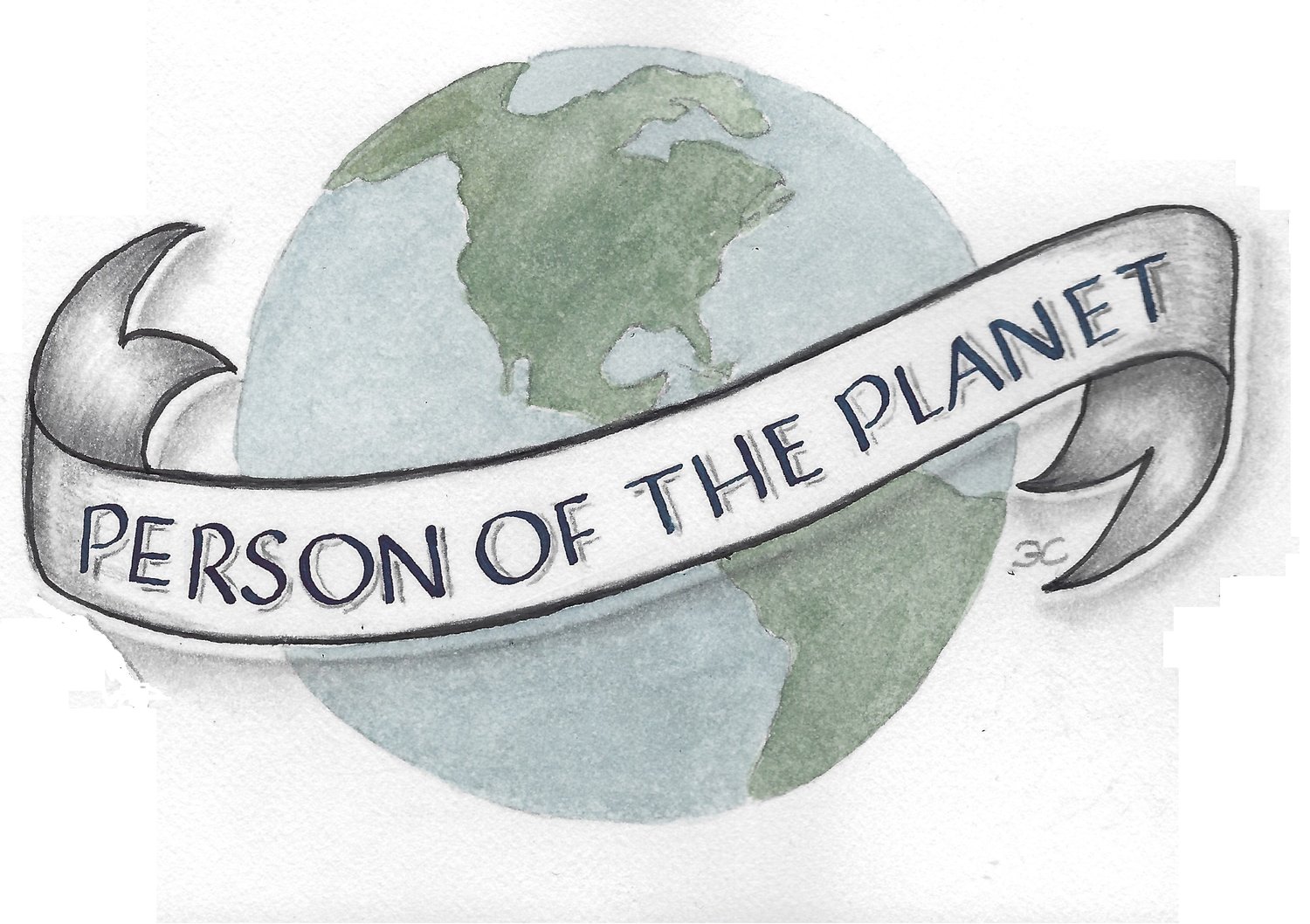Person of the Planet Sponsored Article shared by Ruth Robinson
I recently 'stumbled' upon this journalist and blogger. Who knew fashion, travel and sustainability would be in the same sentence, and linked together. Alden Wicker, journalist and founder of www.ecocult.com, does just that. The following is part two of a two-part reprinted article for P.O.P. Ms. Wicker is young, hip and has some interesting insights from the world of a 30-ish writer.
Last week we read about Wicker’s idea to live 200 days without buying things. She wrote: Could I survive 200 days away from the mall?
Going Without Buying Things for 200 Days (Part II)
By Alden Wicker
In fact, I could. And here is some of what I learned along the way:
1. There is already too much stuff in the world. As I toured various thrift stores, online classifieds sections, Facebook buy/sell groups and the like, I was shocked to see the sheer volume of stuff we humans have already created. Mountains of clothes, tons of furniture, dishes, pans, walking sticks-an ocean of all things imaginable. As all of this stuff is being thrown away, more is being churned out. We don’t need more.
2. People buy things out of pure compulsion. As I looked to fill my needs through pre-owned sources, I was blown away by the amount of new items in thrift stores-items that were unused, complete with price tags and original packaging. Everything from new scented candles to new clothing graced the aisles of secondhand stores. Clearly, the act of buying is often completely disassociated with actual human need, or even want. It’s much more akin to a compulsion.
3. There is an unreasonable stigma against pre-owned items. As I blogged about my experience, I received a lot of interesting feedback on the hygienic aspect of my efforts. Many felt that buying clothing, furniture and other goods used instead of new was dirty and uncivilized. What a weird mentality! These same people would happily donate their used goods to thrift stores. I guess it’s good enough for the lower income among us-but not for “us.”
4. There is so much abundance. During my 200 days, I learned I didn’t need to go to big box stores to buy what I needed-there were plenty of resources in my own community. Our communities have an abundance of stuff and plenty of people willing to give it away at a very low price or for free.
5. When nothing is new, nothing is expensive. My bank account definitely got a break during these 200 days. Secondhand comes at a delightfully steep discount. And I never felt that I compromised on quality, either.
6. It’s awesome paying a person instead of a corporation. Especially when shopping through classifieds, I found that most sellers were honest and helpful. They were normal people just wanting to recoup a portion of their purchase price by selling perfectly usable items. It was refreshing to know that my money would be going directly to someone just like me, instead of a faceless corporation.
7. I don’t really need that stuff. Truth is, some things you simply cannot find preowned. Lots of items, even common ones, are either impossible or impractical to find pre-owned. When I was forced to not buy them-against my strongest impulses at times-I was surprised how nothing changed. Not my health, happiness or inner harmony. I realized that most things are really just “nice-to-haves;” real needs are generally more limited.
My 200 days was not only an optional experience in sustainable living and minimalism. It was a necessary and transformative journey. When someone dies, you’re expected to just “get past it” and go back to normal. I did not want to feel like losing my father was an event I simply moved on from, an experience that ultimately left me unchanged.

